It’s popular to start annual vegetables and flowers from seed indoors, which then become well-established transplants for spring planting. Many perennials can be started this way, too. But to do so, you’ll need to start early for the best results.

Here’s why you want to put perennial seed starting at the front of your list. (And don’t forget, this includes perennial edible plants!)
Jump to:
- Starting Perennials from Seed is Highly Cost-effective
- Why You Need to Start Perennials from Seed First
- 1. Germination Time
- 2. Lower Germination Rates
- 3. Slower Growth
- 4. Root Growth
- 5. Planting Out Early to Capture The Cool of Spring
- 6. Switch to Vegetative Growth in Warm Weather
- The Same Goes for Seeds as it Does for Propagated Cuttings
- When to Start Perennials from Seed
Starting Perennials from Seed is Highly Cost-effective
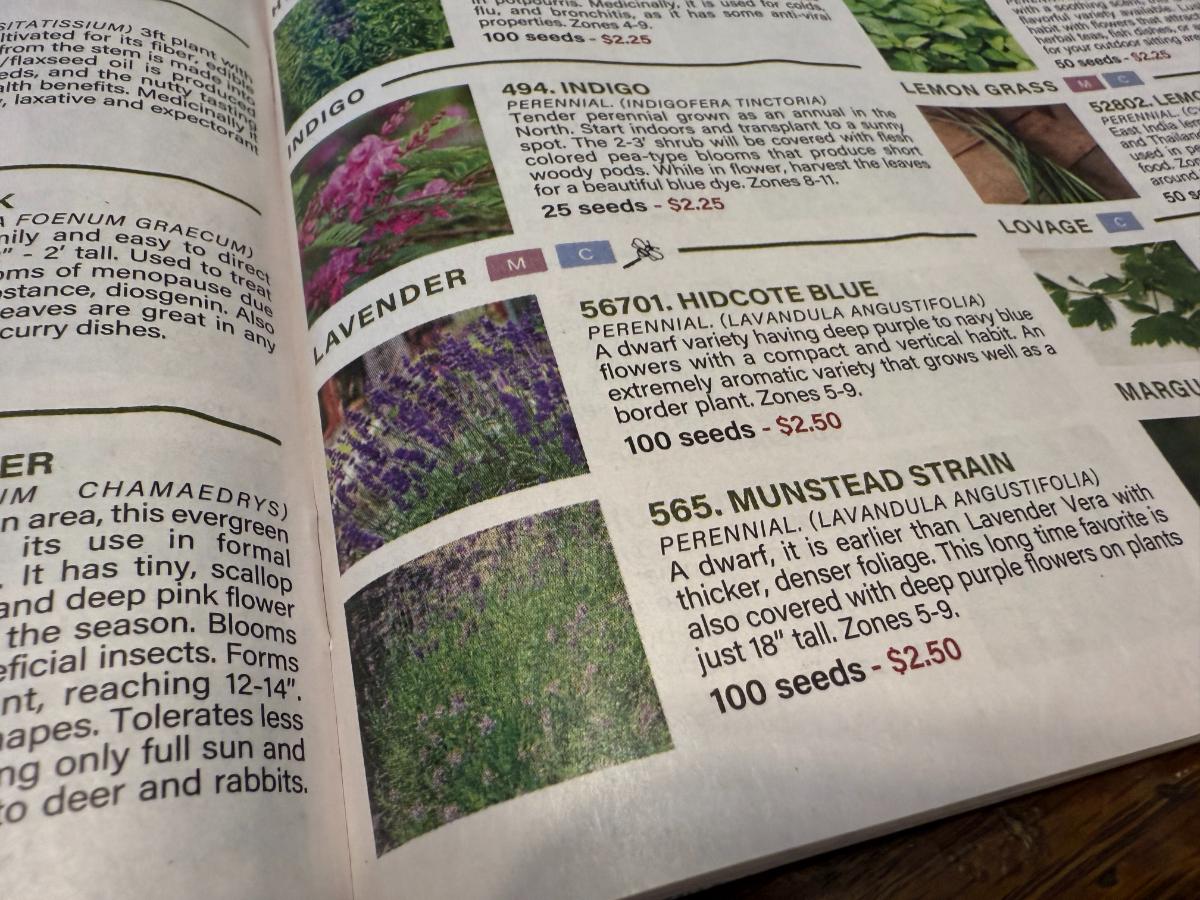
Perennials are expensive plants. It makes sense. They’re slow to grow and don’t need replacing often, so they don’t offer the same yearly income for nurseries as annuals do.
For you as a home gardener or home landscaper, perennials can be a large expense. And that makes investing in them hard on the budget.
Seeds and potting soil are relatively cheap, though. So, if you start your perennials from seeds (or even cuttings), you can save literally hundreds of dollars or more and achieve a stunning yard and garden.
Why You Need to Start Perennials from Seed First
There are some very solid reasons why you’ll want to start those seeds early, though. Knowing that is half the battle, so you can get those seeds growing on time. Here’s why it’s more important to get an early start on indoor perennial seeds.
1. Germination Time
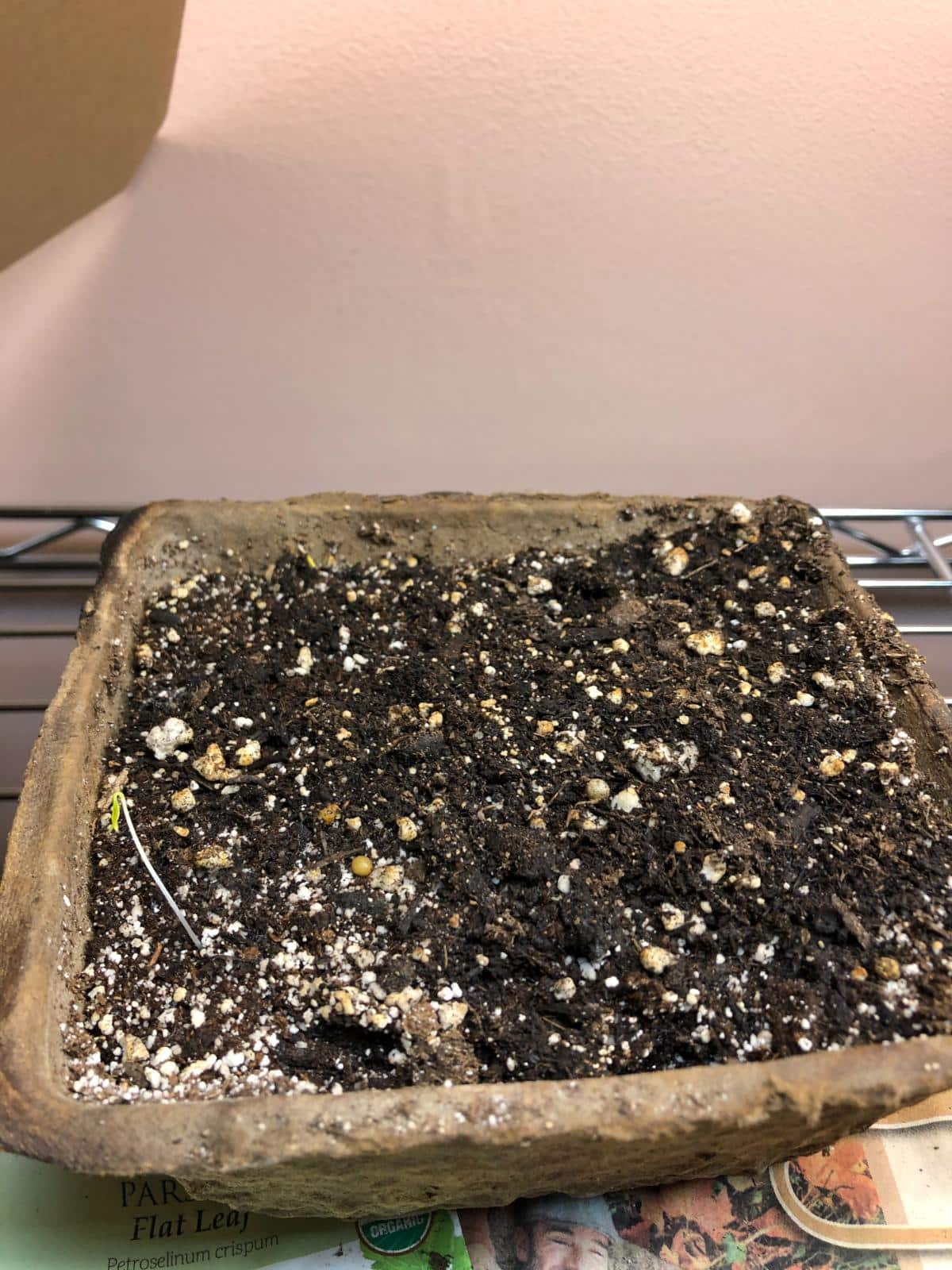
For starters, many perennial seeds are slow to germinate. This isn’t strictly the case for all perennial seeds, but on average, perennials are slower to germinate than annuals.
It is not unusual for some types of perennials to take three to five weeks to germinate. When you add that to your planned growing time, you can see how it can be slow starting for perennials, and how it can take a while to get them up to transplant size.
2. Lower Germination Rates

Perennials also tend to have lower germination rates than annuals, meaning that not all of the seeds may come up. There’s a chance that if germination rates are particularly low, you will need to start a second round of seed to make sure you have enough plants for your gardening plans. The earlier you start and see how well things come up, the better.
Perennial seeds can be a little frustrating, too, because you may have a wider range of germination than you are used to with annual seeds. For example, annuals typically all come up within a few days of each other. But with perennials, you might have a one or two-week range among the same set of seeds.
That said, most of your perennial seeds should come up if the germination conditions are right. To decide that, you will want to check the seed description, catalog, or instructions. If you think you’ve done everything right and your germination was poor, it’s probably best to buy seed from a different source.
3. Slower Growth
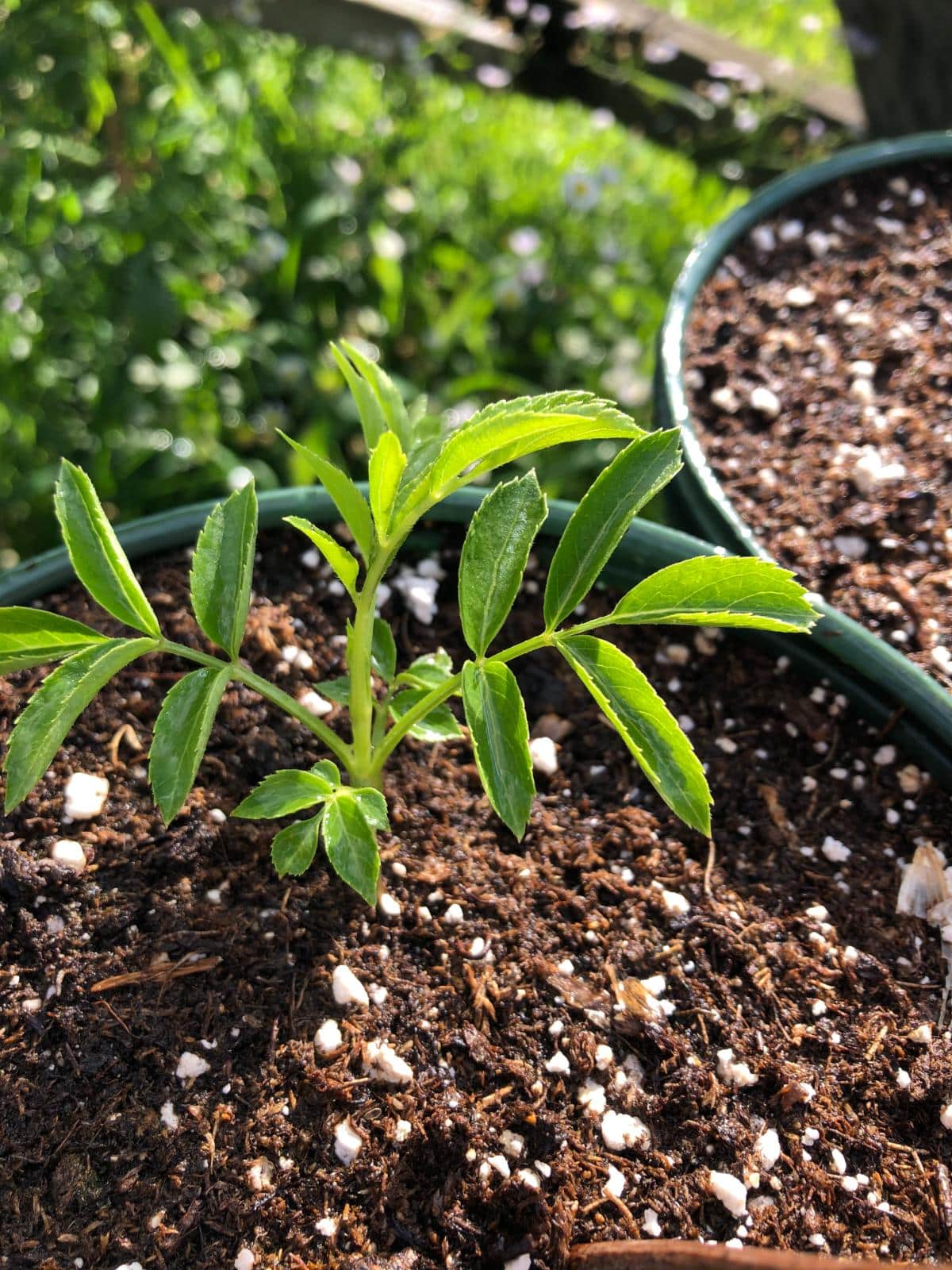
Perennials have a longer period of time in their lives to grow and reach maturity. They don’t have to complete their life cycle in a single growing season. And so, they aren’t in as much of a rush.
Perennials overall have slower growth rates than annuals do. You will want plants to be at least four to six inches tall by transplant time. But you should expect them to take longer to get there. This is why you want to start your perennials first to give them that extra time to grow to a more notable and reliable size.
4. Root Growth
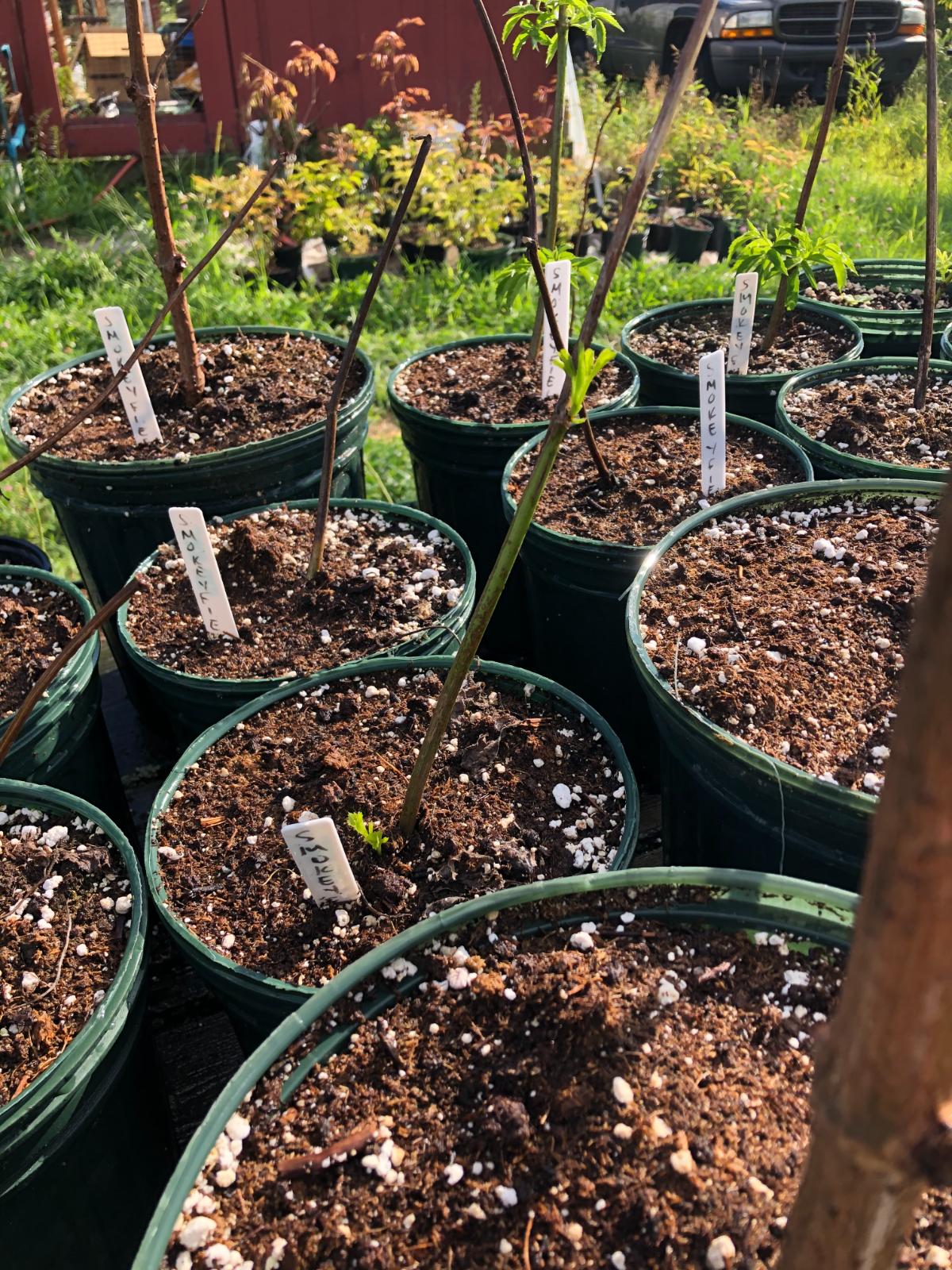
Perennials need a good root system to survive transplant and to get established when they move outside. This is true of all plants, of course, but perennials are slower going about it than a lot of fast-growing annuals.
They’ll simply need more time indoors to establish those roots and then continue once they are in the ground.
5. Planting Out Early to Capture The Cool of Spring
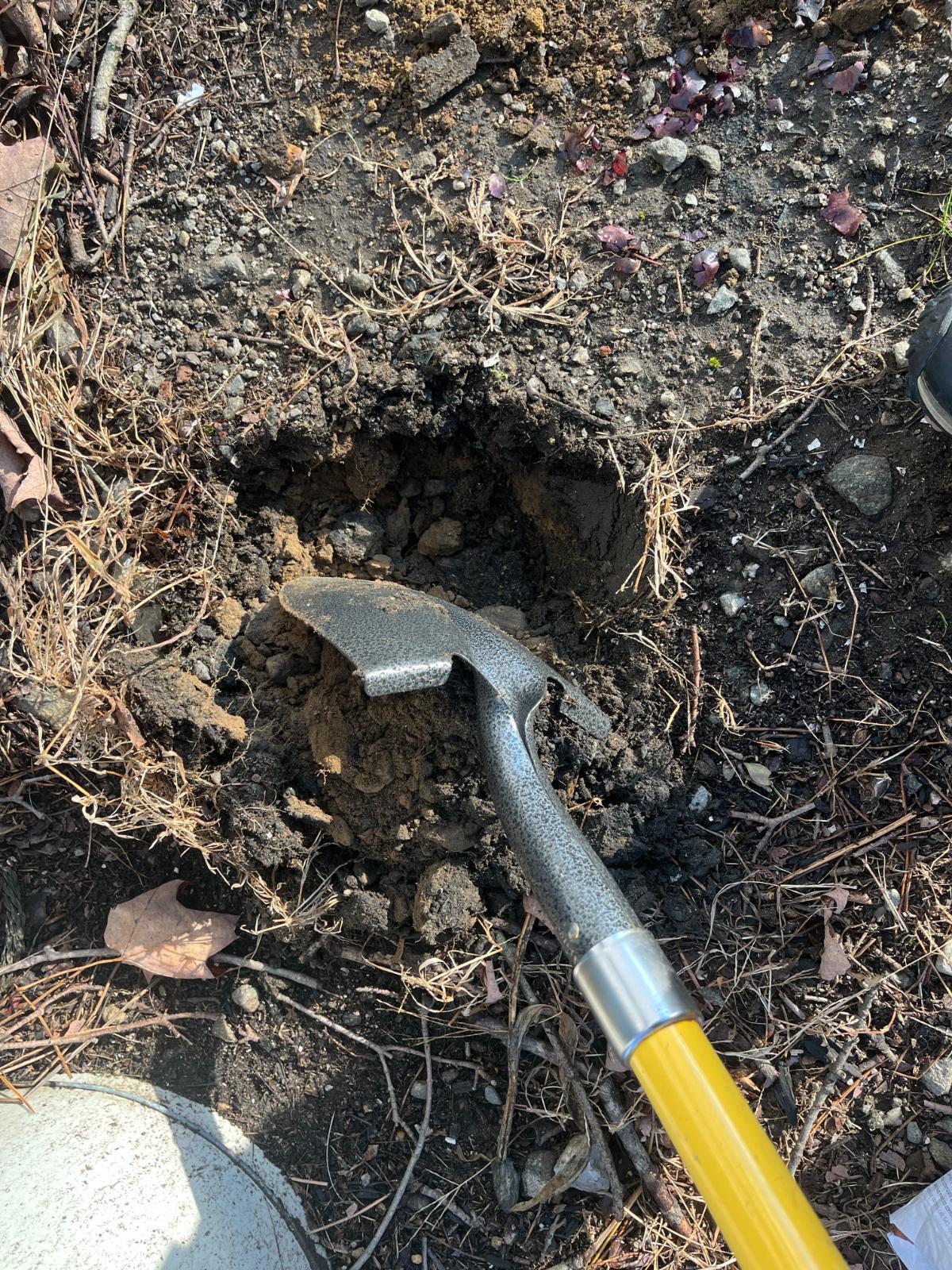
Typically speaking, cool weather is what promotes root growth for perennials. Their life cycle is to grow more roots in the early days of spring (those days that often don’t feel like spring at all). Perennials need to experience cooler soil and cooler growth conditions to put on good roots. Roots, of course, are critical and determine a lot about the health and longevity of your perennial plants.
Another part of this is the fact that perennials should be planted earlier in the growing season. They can and often should be planted outside even before your last frost. This will help them maximize the root-growing days of cool soil conditions.
6. Switch to Vegetative Growth in Warm Weather
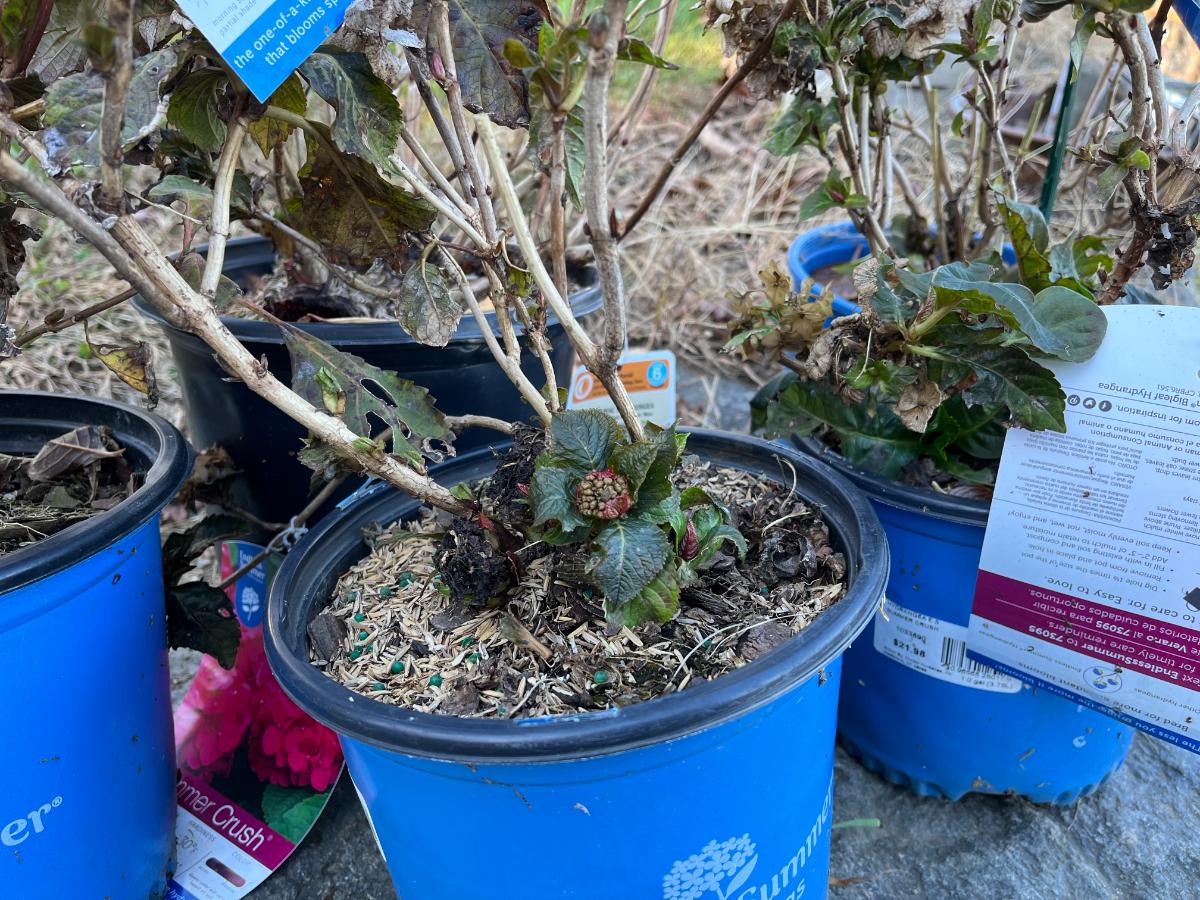
Once warm weather hits, perennials switch over to more vegetative growth. Instead of focusing on root growth, they do more growing of leaves, stalks, blossoming, and fruiting (if they are a fruiting plant).
This underscores again the need to get the new transplants in the ground, well rooted, and prepared for continued growth when the switch happens. So, it underscores the need to start the plants early, get them up to size, and plant them out earlier.
The Same Goes for Seeds as it Does for Propagated Cuttings
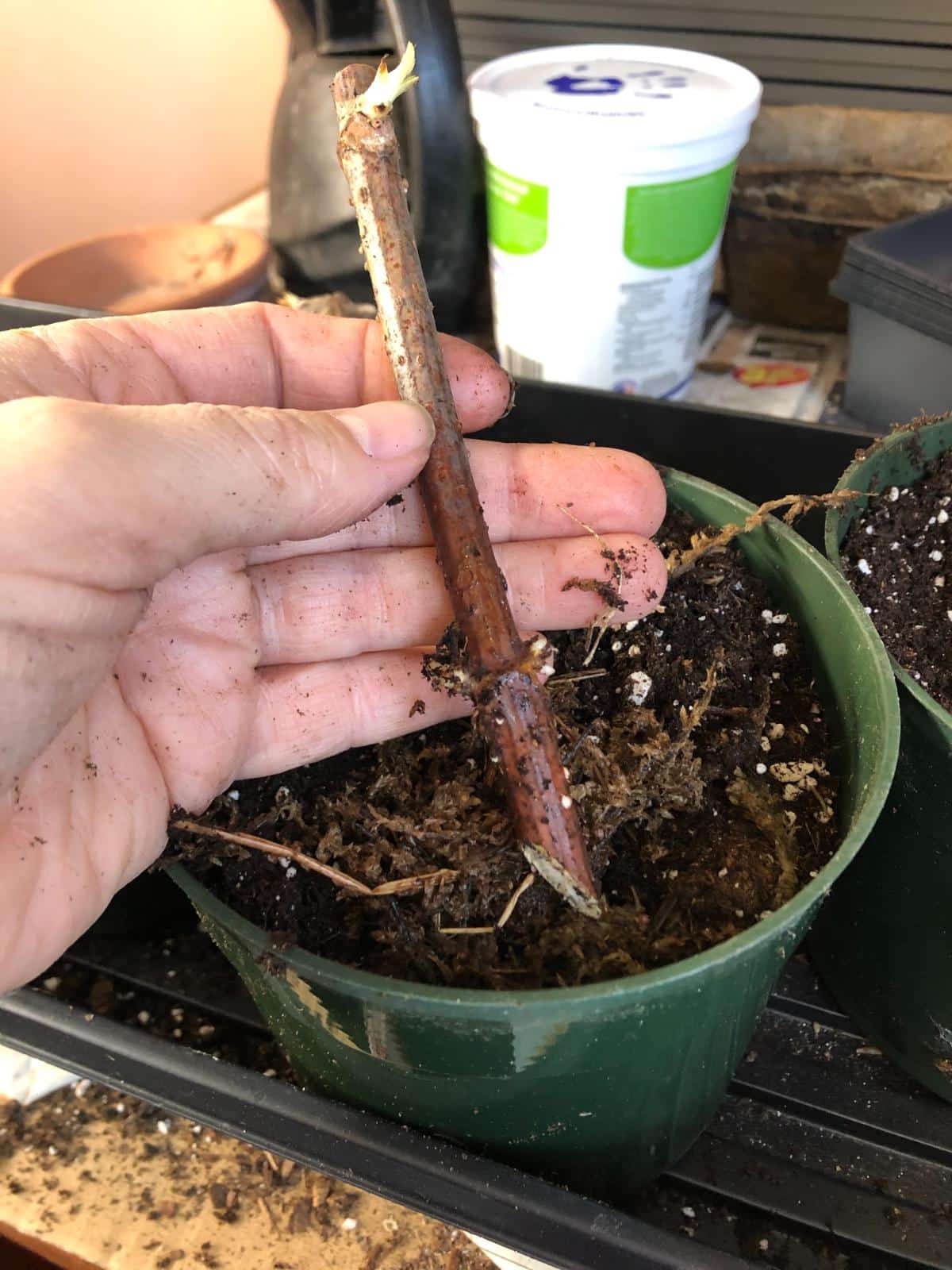
Cuttings and forms of propagation other than starting from seed are excellent ways to grow perennials, too, if you have a source for making cuttings or divisions. But the same push to start early and start well with well-established, rooted plants holds for most perennials, regardless of how you start them..
Unless you are starting propagated pieces straight in the ground, if you are potting them for transplants, do it as soon as you can to establish that good growth.
When to Start Perennials from Seed
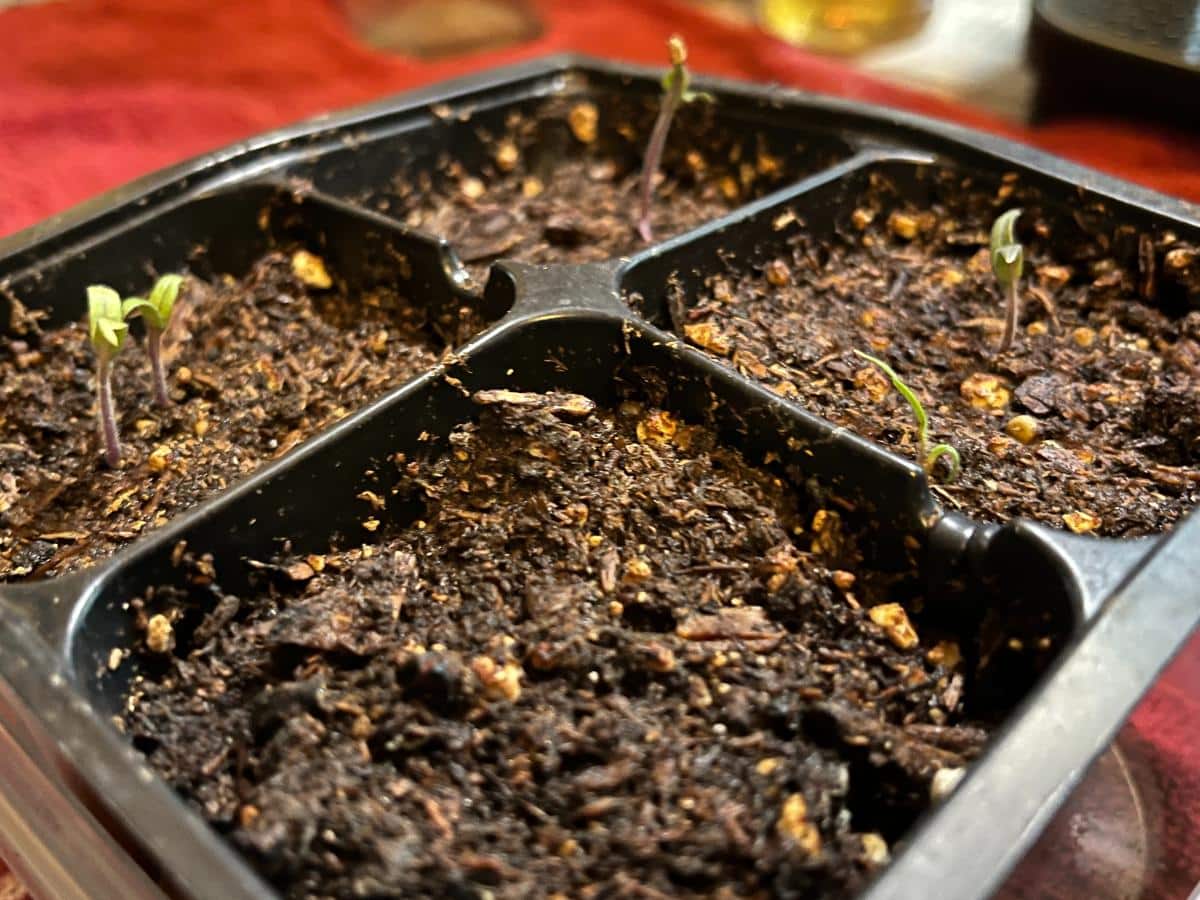
For the best start and establishment, try to start all perennials from seeds 12 to 16 weeks before your last frost date. Of course, frost dates are not that critical for perennials because if you live somewhere where frosts happen and you choose perennials that are hardy for your zone or location, then they should be able to tolerate a frost.
That said, we need some measures to help guide our planting schedule. Frost date is what we’re most familiar with, so to put it into familiar terms, weeks to the last frost date are the simplest unit of measure.
To set it to a calendar date, January or February would be appropriate. The earlier, the better.
Unlike some annuals that might bolt or have problems if they are started too early, perennials can almost never be started too far ahead. The more good, strong root growth you have, the bigger and better your plant will be and the better able it should be to tolerate transplanting.
You may have to pot up some perennials if they experience great growth, but it’s a simple process that we come to expect. And since those perennials you start from seed will live for years (or a lifetime) without having to be started again, it’s no big deal to put in a little effort.
And if you think growing a common garden vegetable from seed is a flex, wait until you are able to say, “See that shrub? I grew it from a single seed!”

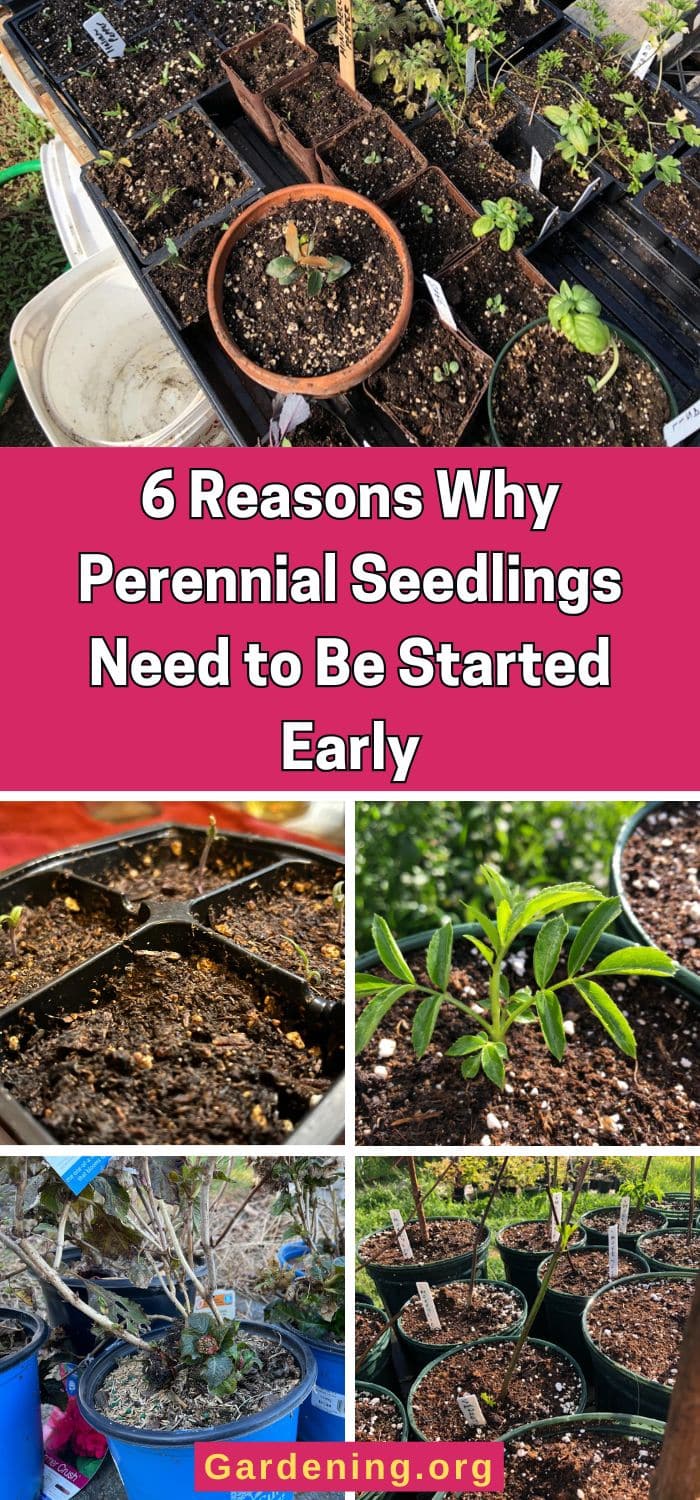
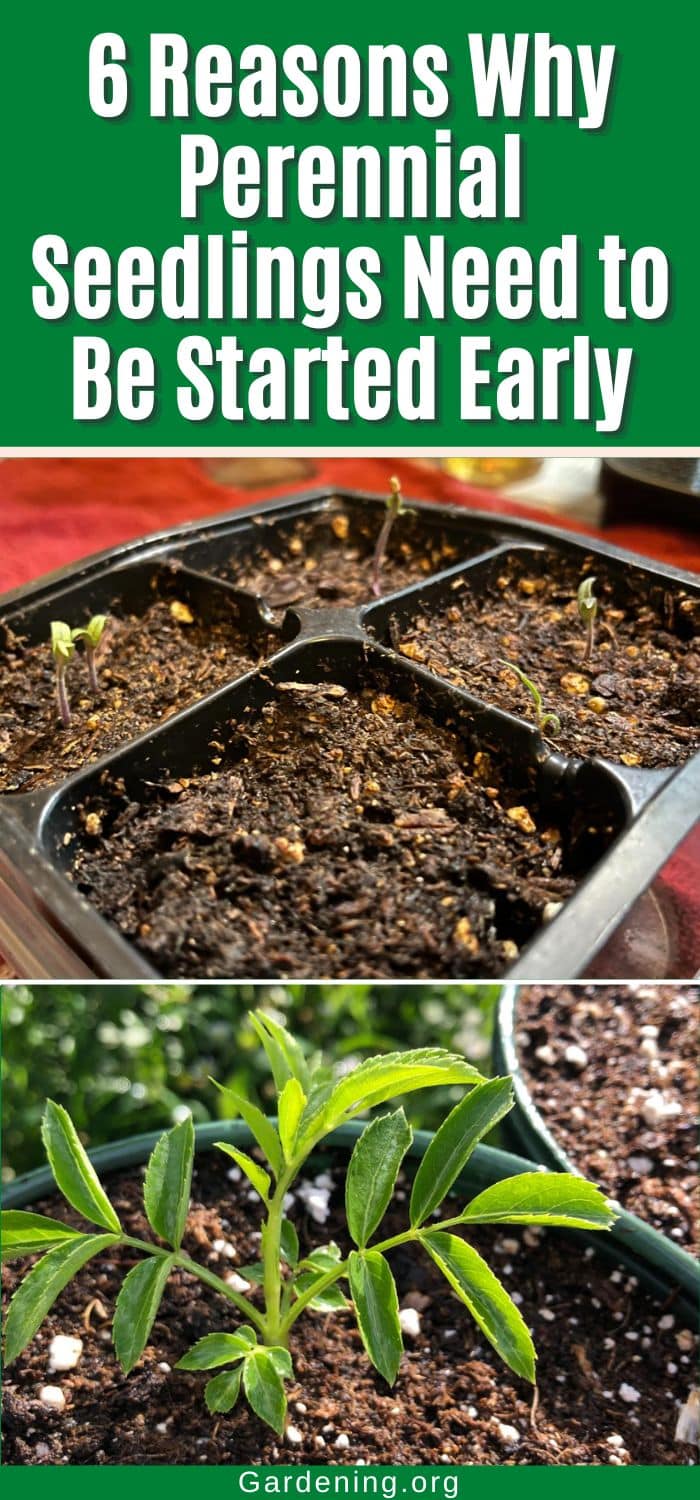
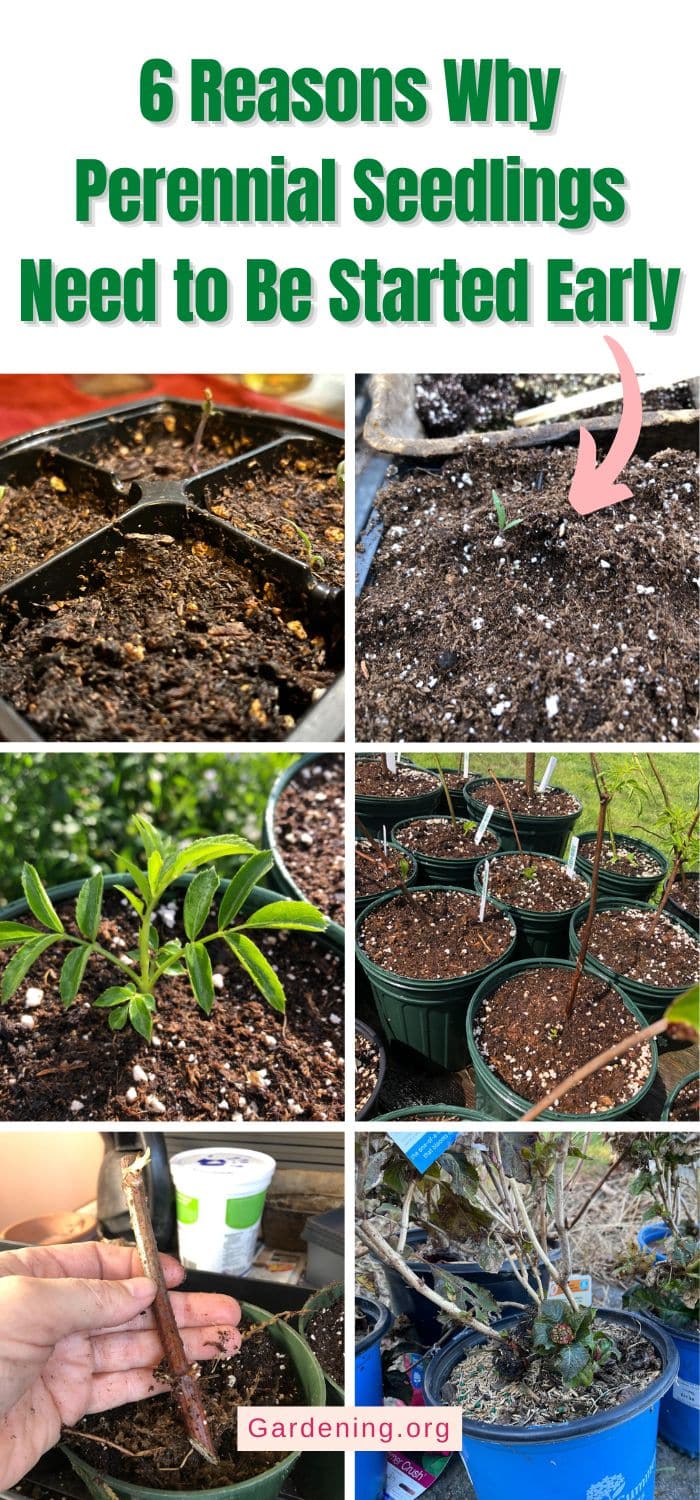
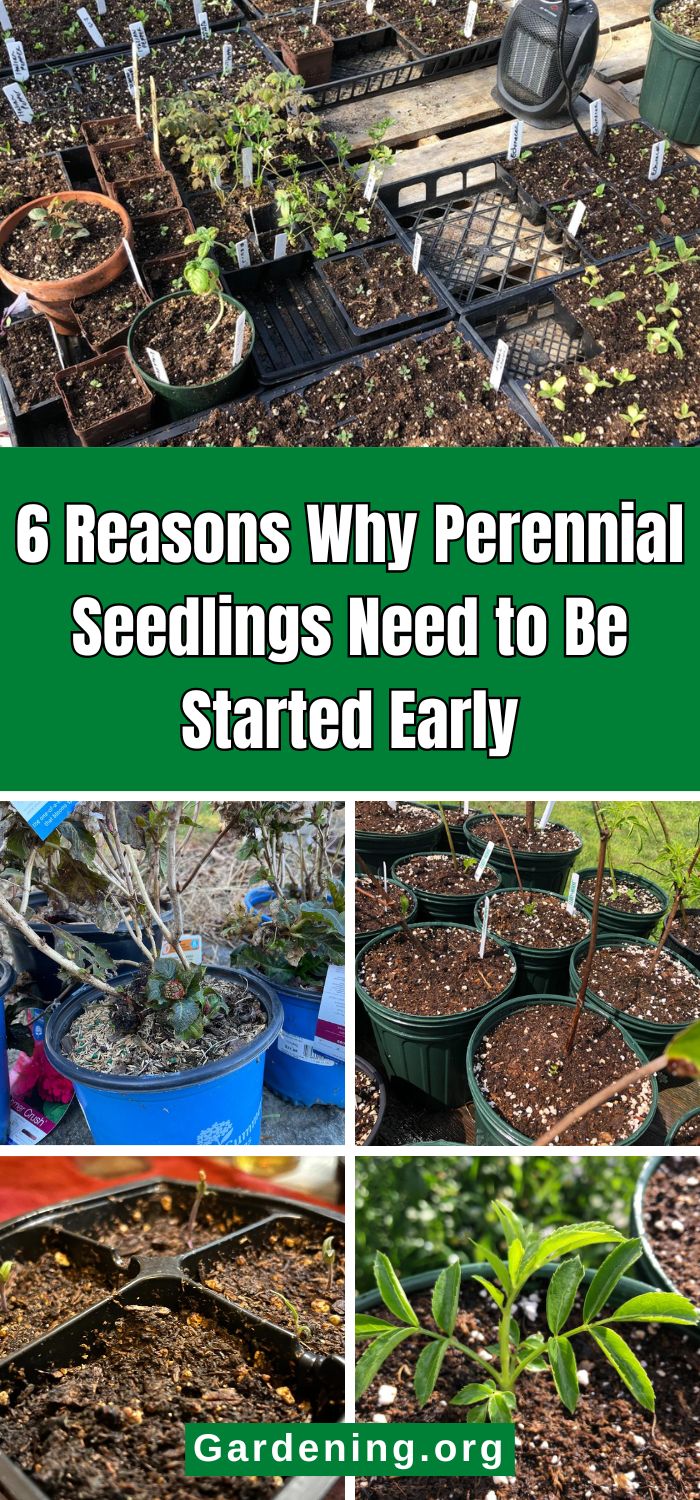

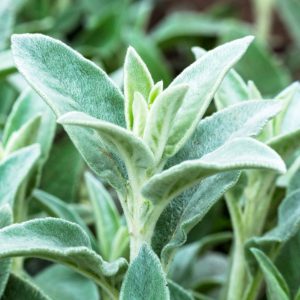
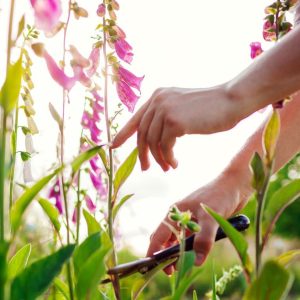
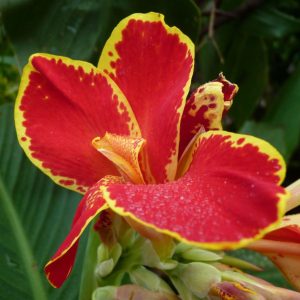
Leave a Reply